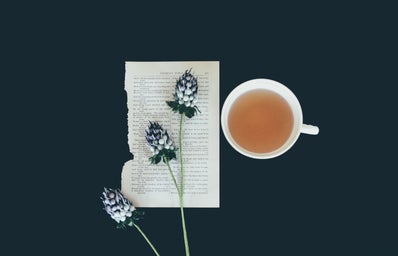Tea is India’s most popular drink, with the nation consuming 837,000 tonnes of it every year. To top it off, India is also the second largest tea producer in the world after China. There is a great variety of tea consumed in India, such as the Assam variant, Kashmiri kahwa, and many more. Most of us usually start our day with a piping hot cup of masala chai.
For many of us, tea has been a part and parcel of our daily lives since childhood. Some amusing childhood memories included dipping biscuits into chai, having the biscuit fall into the cup, and then beginning a whole rescue operation by using another biscuit to save the fallen soldier!
Thus, it is no surprise that tea is the essence of India in a cup. With as many variations as there are, chai has truly transcended all boundaries and has been a crucial part of cultural levelling. While the Sanskrit adage “Atithi Devo Bhava” (Guest is God) is well known in the Indian vernacular, Indian culture is known for its hospitality across the world, but what’s hospitality without a cup of hot masala chai? Every visitor to an Indian home, whether it’s office colleagues or domestic workers, is offered a cup of tea without fail. In the arduous struggle of staying awake while traveling by train, most of us have been more energized by a cup of “garam chai” (hot tea) than a cup of “nes-coffee“. During road trips as well, the roadside chai wallahs have always been our saviours.
Chai is thus a source of comfort that not only connects us to our heritage but also reminds us of the legacy of the British. Up until the mid-19th century, China enjoyed a monopoly over tea exports around the world, but when its relations with Britain worsened, it abruptly stopped its trade. The British then eyed India as having the potential to overthrow the Chinese monopoly over the product. Then came the development of tea cultivation on the plains of Assam and in the late nineteenth century, the British set up tea plantations in the mountainous region of the southern tip of India.
In the 1900s, the culture of tea drinking, as we know it now, emerged. Tea shops began opening up, and Indians started brewing our beloved chai with aromatics, such as fresh ginger, cardamom, cinnamon, cloves, and bay leaves. After World War I, the railway stations in Bengal, Punjab, and the Frontier Provinces started selling tea. The beverage was served in a kulhad (a clay cup) or glass and sold by a chai wallah, becoming a significant part of train journeys. Plentiful supplies of inexpensive tea led to a rise in both roadside tea vendors and household consumption in the 1950s and 1960s, cementing tea as India’s beverage of choice.


